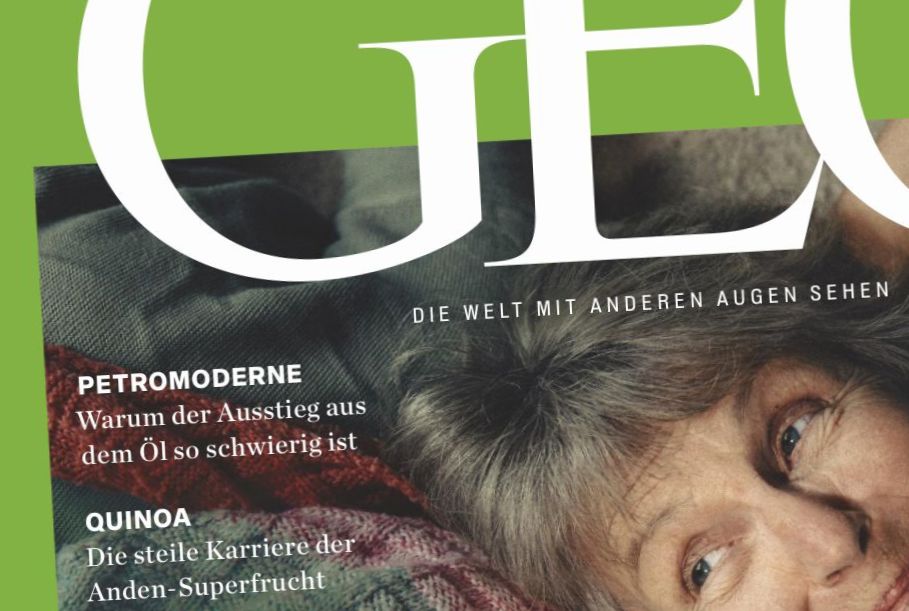
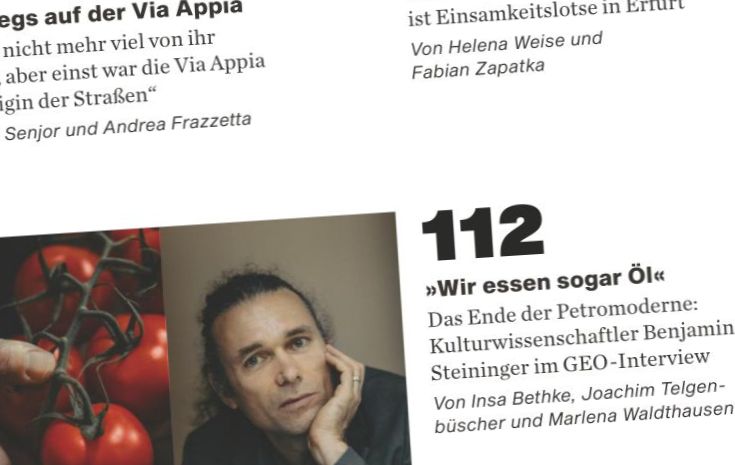

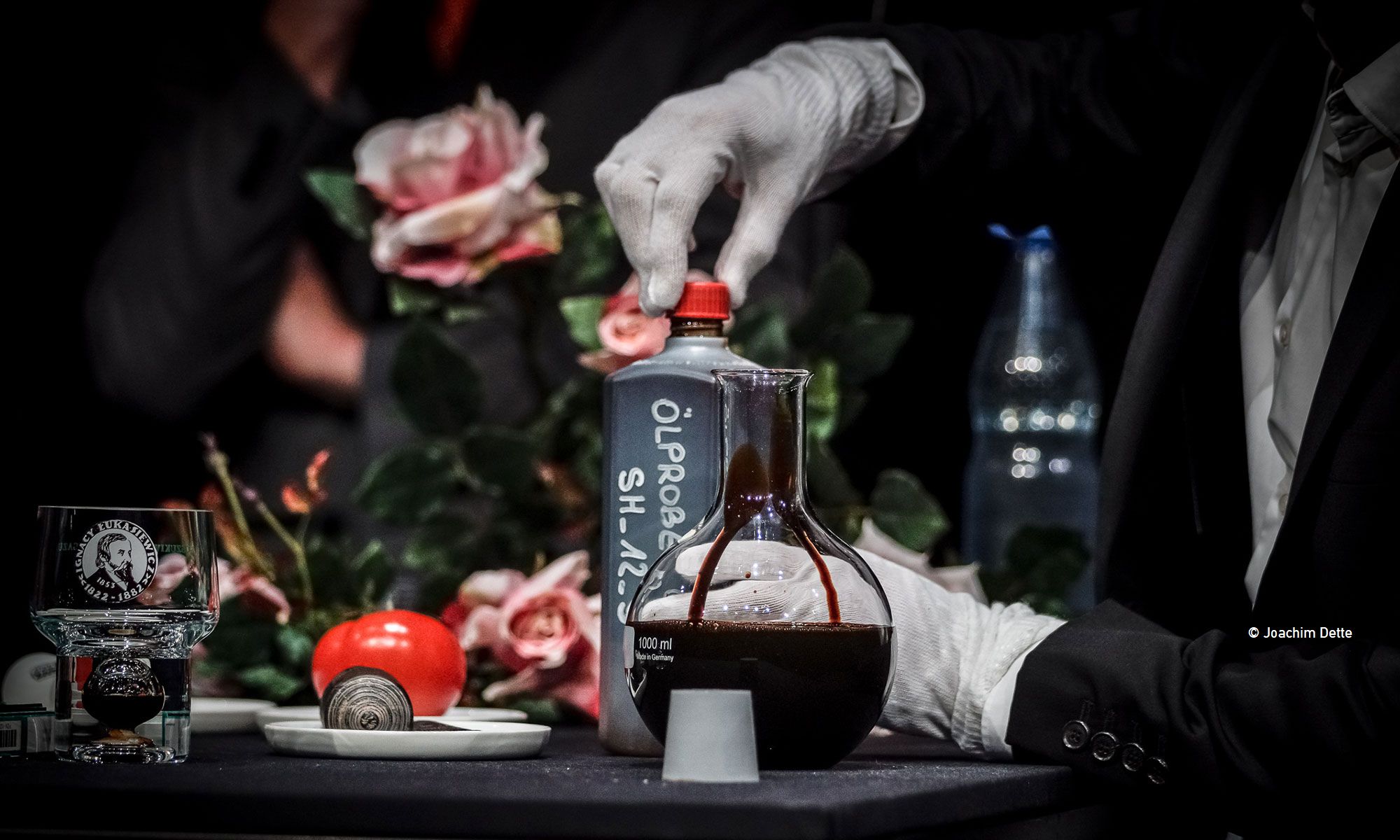
understanding petro modernity
Texts written by members of Beauty of Oil
It is a pleasure to announce the publication of the American edition of our »Atlas« – updated and extended version with a new foreword by Stephanie LeMenager and a new long closing chapter (‘Zombie’) on the Ukraine war and the still not closed case of petromodern destruction.
Open access and paper copies! Download and order the book here!
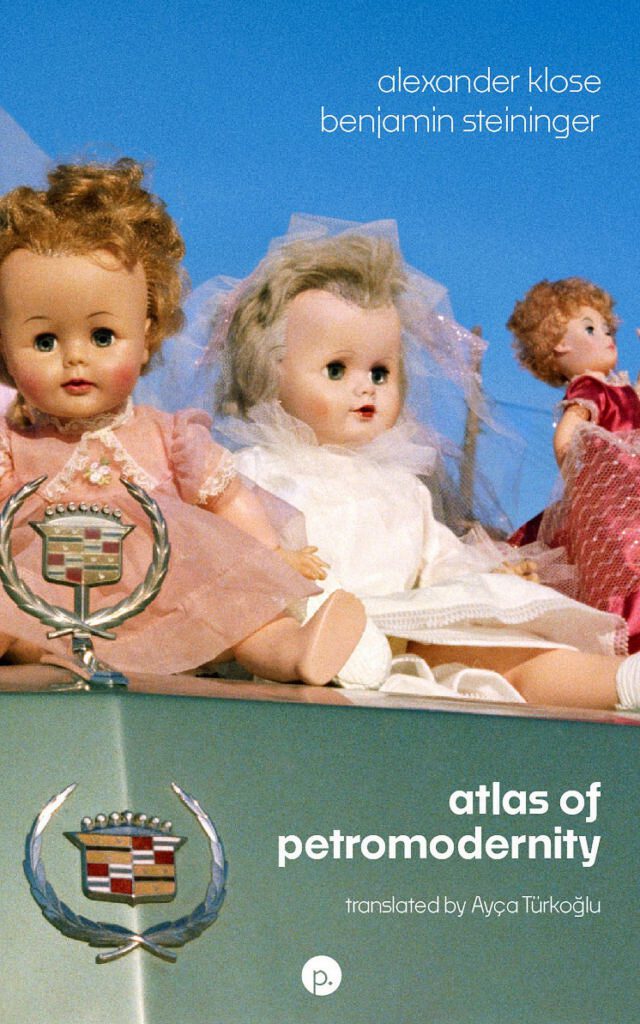
We stroll through Baku, Rotterdam, and Louisiana, into Manchuria and through the Vienna Basin. We read Bertolt Brecht, technical manuals, and petroculture theory. We reinterpret Kasimir Malewich, and we listen to Neil Young. We follow the traces of Joseph Stalin, Adolf Eichmann, and Bin Laden. We go to the moon, through refineries and over highways emptied by the COVID-19 pandemic. We confront petrochemistry with petromelancholy, catalysis with catharsis, cosmos with cosmetics. We see tractors winning over tanks.
The Atlas of Premodernity tackles the contradictory ambivalences of a substance that has been vital for our epoch, and whose roles and meanings need to be understood in order to be able to leave this epoch behind.
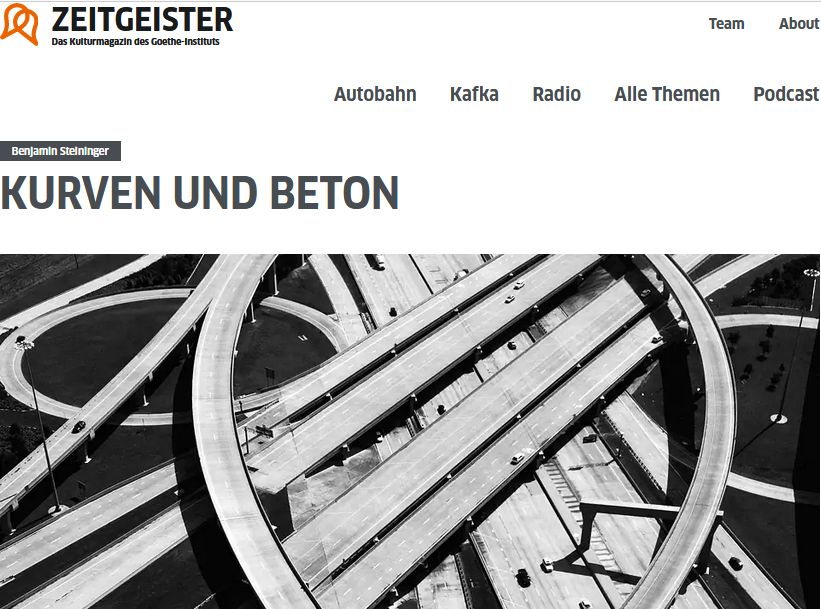
»Es gibt Dinge, die sind zu selbstverständlich, als dass man versteht, dass sie eigentlich zu kompliziert sind, um sie zu verstehen. Die Autobahn ist so ein „Ding.“ Und dabei geht es gar nicht nur um die offensichtlich ökologische oder die politisch-historische Belastung. Die Nazis haben die „Pyramiden des Dritten Reichs“ – mit Rainer Stommers mittlerweile selbst historischem Buchtitel – zwar bekanntermaßen nicht erfunden, aber sie haben sie doch maßgeblich gebaut. Und mit ihren Plänen, die Autobahn zur expliziten Inszenierung von „Landschaft“ einzusetzen, haben sie nicht nur Verkehrsentscheidungen, sondern auch Erfahrungsräume über Jahrzehnte festgelegt. Dies ist aber nur Teil einer Komplikation, die auch in ihren unauffälligeren Aspekten Wirkung hat.«
Link zum materialreichen Magazin »Zeitgeister – Das Kulturmagazin des Goethe-Instituts« » Autobahn« mit insgesamt dreiundzwanzig Beiträgen hier (englische Ausgabe hier)
English translation of our Atlas by Ayça Türkoğlu, updated and enlarged edition with a new introduction by Stephanie LeMenager and a new concluding chapter, »Zombie«, on the still not closed case of petromodern destruction. In print and open access!
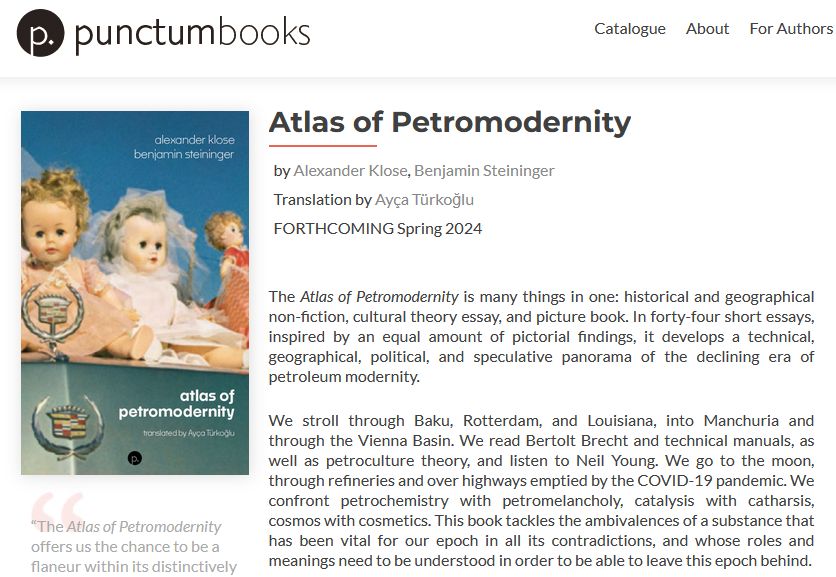
“The Atlas of Petromodernity offers us the chance to be a flaneur within its distinctively curated and therefore somewhat realistic world. Enter at your own risk, with the affinity for risk that may well define you, even still.” Stephanie LeMenager
For more details on publication, dates, and availability see here: punctumbooks.com

Seit dem russischen Krieg in der Ukraine ist sie Thema politischer, ökonomischer und kultureller Debatten: Energie. Sabotierte Pipelines, gebrochene Staudämme und beschossene Atomkraftwerke machen die Verletzlichkeit unserer Energieinfrastrukturen greifbar – und die unserer gesamten energieintensiven Lebensform. Das fossile Zeitalter hat Karbon- und Petromoderne ermöglicht und weitreichende Freiheitsroutinen etabliert. Zugleich aber untergräbt es unsere Lebensgrundlagen. Damit überlagern sich die vom Krieg angefachten Diskussionen über Versorgungssicherheit mit Debatten, die seit langem über die Notwendigkeit einer postfossilen Kultur geführt werden. Energieformen nämlich prägen Kulturformen. Und Geschichte lässt sich immer schon als Geschichte von Energiewenden und Konflikten zwischen Energieregimen lesen. Diese Ausgabe der Zeitschrift »Dritte Natur. Technik – Kapital – Umwelt« widmet sich in ihrem Schwerpunkt verschiedenen Facetten von Energiekulturen – etwa dem Energiemanagement der Finanzmärkte, autofreien Sonntagen in der alten Bundesrepublik oder Windradromanen der Gegenwartsliteratur.
[https://www.matthes-seitz-berlin.de/buch/dritte-natur-06-1.2023.html]
Walkthrough with curatorial advice from the future
Video: Alessia Taló. Sound: Bernd Hopfengärtner. Text: Alex Close&Bernd Hopfengärtner. Montage: Alex Close.
All the artworks in the show – Chapter 1: In bed with petroleum (slides)
All photos by Aad Hoogendorn, if not mentioned otherwise
All the artworks in the show – Chapter 2: Oil Encounters (15 slides)
All photos by Aad Hoogendorn
All the artworks in the show – Chapter 3: Toxic Legacies and the Museum of Petromodern Futures (15 slides)
All photos by Aad Hoogendorn, if not mentioned otherwise
All the artworks in the show – Chapter 4: Arts of Living on a Damaged Planet (8 slides)
All photos by Aad Hoogendorn, if not mentioned otherwise.
Exhibition spaces and scenography (slide show).
A description of all the artworks in the show can be found on the brutus website archive.
In bed with petroleum; Oil Encounters; Toxic Legacies and the Museum of Petromodern Futures; Arts of Living on a Damaged Planet — walltexts of all four chapters for download as pdf.
Exhibition at Brutus, in the port of Rotterdam, NL, Sept 1 to Nov 19
In bed with petroleum.
In the air.
On the road. On the plate.
All over and inside bodies.
It’s a love affair that modern industrial civilization has been having with oil (and gas), its fuels and the materials created from it. More than that: it’s a love of life, profoundly influencing how people live, move, eat, dress, love, experience, aspire, and believe. A love, though, that has increasingly expressed destructive aspects, excess, exhaustion, abuse, addiction, and contamination.
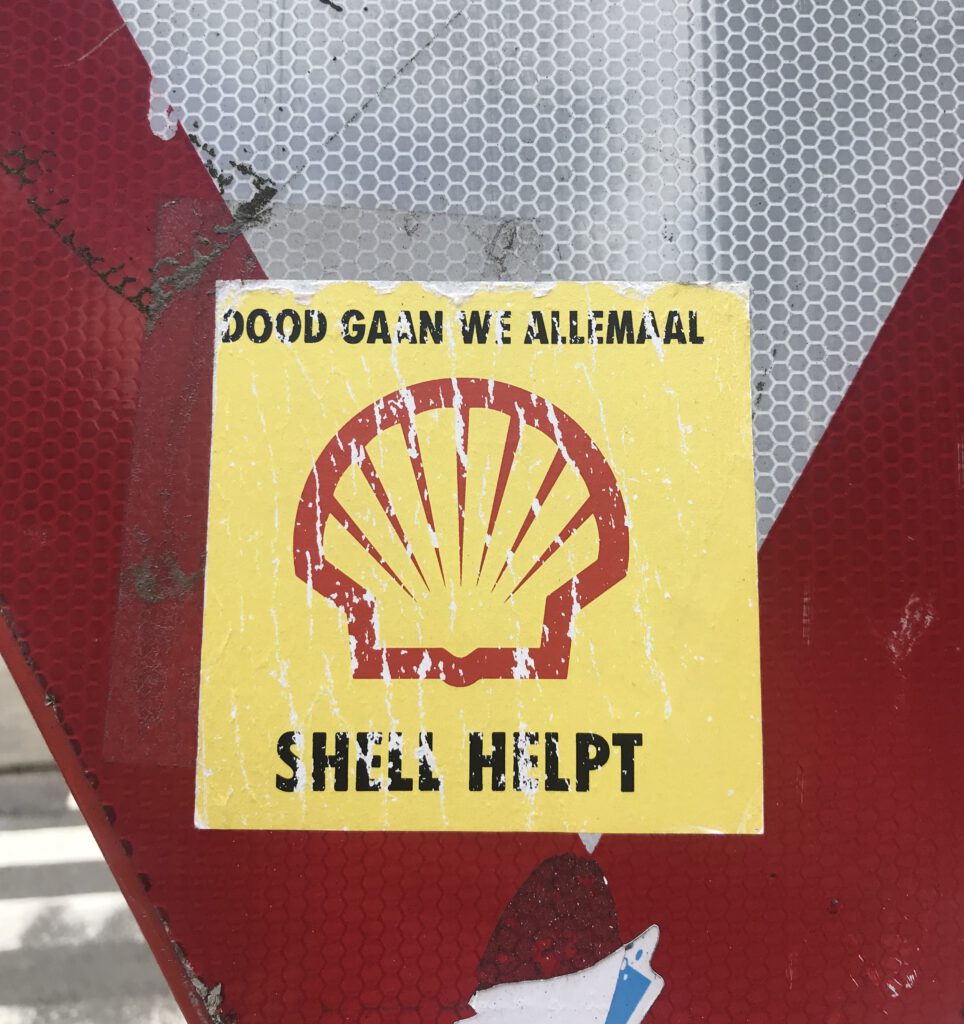
“Petromelancholia” is the condition that the US energy humanities scholar Stephanie LeMenager diagnosed as being at the core of her home country’s cultural and political struggle to hang on to “oil culture“. The more people realize that the age of oil is eventually going to end—and has to in regard to the state of the planet—the harder they cling on to it. Following this diagnosis, the world has lately been swept by waves of petromelancholia. Acknowledging the long-lasting success of these dynamics of denial, which started 50 years ago, a mere “energy transition” might turn out to be not enough to get over modernity’s true love.
Wouldn’t we also need acceptance and grief, reconciliation and reparations—processes that eventually lead to profound cultural, political and economic transitions?
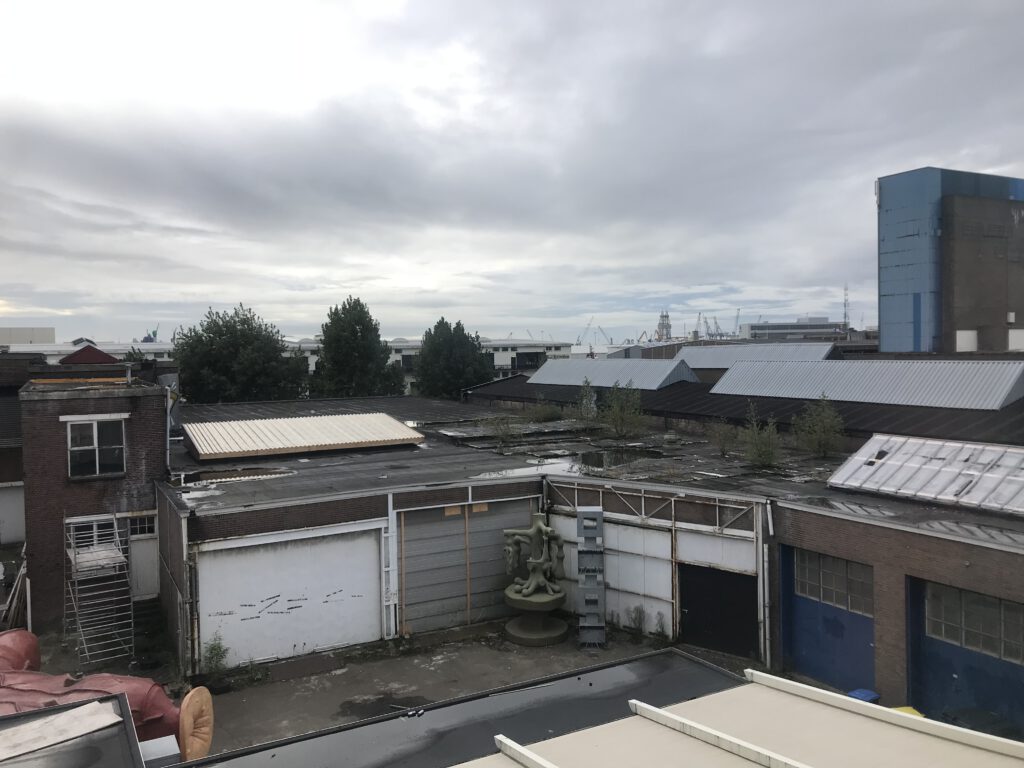
Upon opening of our OIL-exhibition in Wolfsburg two years ago, Joep van Lieshout, one of the participating artists, asked if we wanted to curate a follow-up show at his newly founded „artist-driven space“ Brutus in the port of Rotterdam.
Rotterdam! One of the oil capitals of Europe, largest port, largest refinery, largest petroleum storage and processing capacities. Largely and radically rebuilt after WW2 in all kinds of modernist style — a through and through petromodern city.
And since our 2017 visit to a Delft ‘Petroleumscapes’ conference, the region had played a role in our own petroleumscapes research, resulting in ‘Greenhause’, a chapter of our Atlas and in some smaller essays and publications).
Though a comparably low-budget project, the possibility to bring our curatorial research there was tempting.
After one and a half years of preparation, with a short residency and a petrosalon at Goethe Institut Rotterdam in april last year as startig points and deciding additional help and motivation, the exhibition opened on Friday, Sept 1st! Other than our Wolfsburg exhibition, which claimed to show the first retrospective of 100 years of petromodern art, „Petromelancholia“ is largely dedicated to our contemporary petromodern states of heart and mind.
The exhibition consists of four chapters:
1 In Bed with Oil
2 Oil Encounters
3 Toxic Legacy and the Museum of Petromodern Futures
4 Arts of Living on a Damaged Planet.
The opening paragraphs of this entry are from the wall-text of the first chapter. All four wall-texts can be downloaded as a pdf here.
Click here to see a photo documentation of all the works in the exhibition.
The exhibition is spread over the complete Brutus-compound and consists of four chapters. Here’s a floorplan (click on image to enlarge or download as pdf).

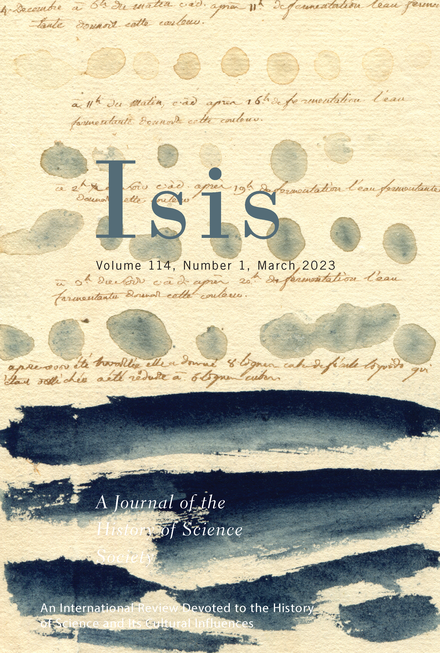
The very well written book takes on the form of the ironic encyclopedia that has been popular since the nineteenth century, as a parody of the great encyclopedias of the Enlightenment era. Impressive color illustrations complement the text and, according to the authors, justify the “Atlas” of the subtitle (p. 15). In their individual glosses, the authors almost always succeed in offering interesting and often novel discoveries. For example, the topic of drilling is presented in a well-founded and stimulating manner in a brief account. The catalytically controlled chemical transformation of petroleum constituents is also solidly presented under the heading “Molecular Mobilization” (pp. 49–57). Often, the reader’s expectations are deliberately played with—as, for example, when the essay entitled “Animals in the Oil Field” (pp. 199–203) deals not with seabirds that are glued together and dying but, rather, with animals that visit drilling grounds. This approach arouses interest and curiosity but also increases perplexity. The reader is left alone with the material and must tell his own story.
And this is precisely the goal; it also fits the form of the ironic encyclopedia, which from the outset does not lead one to expect that an overview will be presented. The history of oil is a history that crashes over us. “Erdöl: Ein Atlas der Petromoderne” aims to use brief spotlights, from very different perspectives, to draw attention to a substance that is part of the everyday life of modernity. It succeeds in doing so; at the same time, the well documented individual articles offer suggestions for further study and some connections that may be new even to researchers who have been in the field for some time. An English edition is in preparation.«
Text von Benjamin Steininger und Alexander Klose über die “Geister der Petromoderne”, erschienen im Juliheft 2023 der Zeitschrift Merkur.
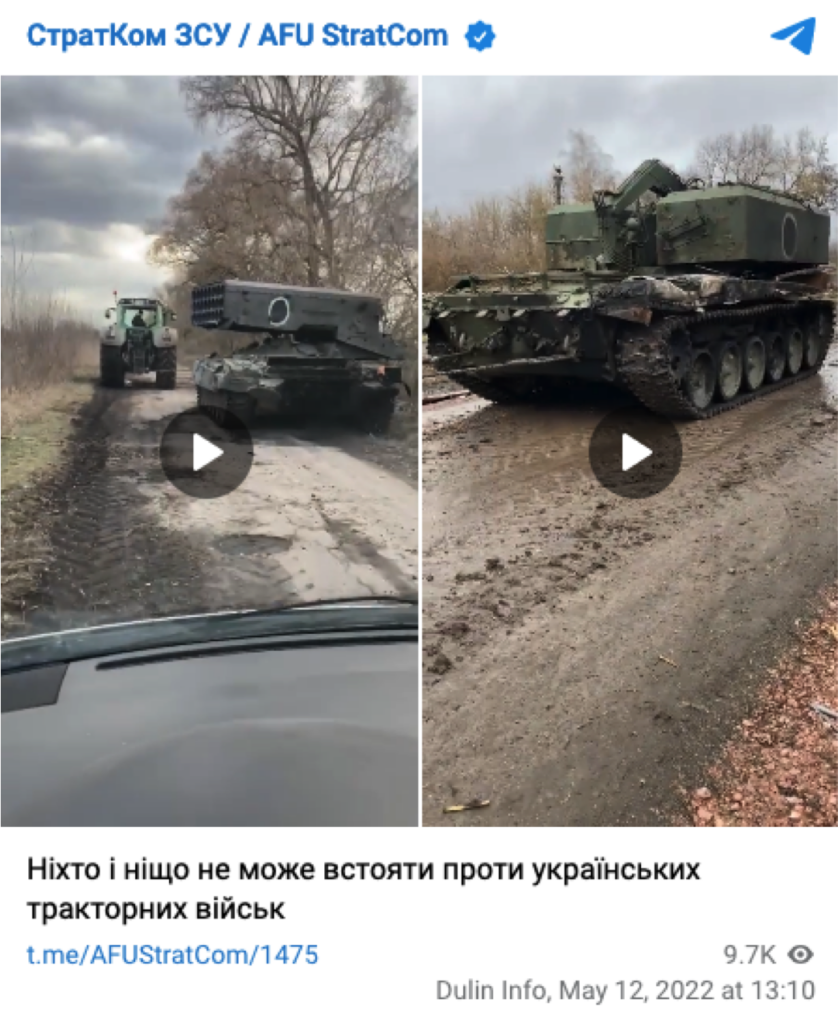
Ein russischer Panzer hat sich festgefahren. Von seiner Besatzung verlassen, wird er von einem ukrainischen Landwirt mit dem Traktor geborgen. Zahlreiche Varianten dieser Szene kursieren im Frühjahr 2022 in sozialen Netzwerken. Zur Beute der Traktoren werden sehr verschiedene räder- oder kettengestützten Kampffahrzeuge. Von veralteten T 62 Panzern aus dem Jahr des Berliner Mauerbaus bis hin zum gepanzerten Raketenwerfer TOS – Waffensysteme, die in Afghanistan 1980 erstmals eingesetzt wurden, die Grozny 1999 und Aleppo 2014 in Schutt und Asche gelegt hatten, liegen wie gelähmte Käfer im Dreck.
(…)
In der Szene mit Traktor und Panzer manifestieren sich exemplarisch komplexe und zum Teil widersprüchliche Verhältnisse von petromoderner Geschichte, Technik und Politik, Menschen und Landschaften. Wie schon die Corona-Krise erscheint der Ukraine-Krieg als zentrale Zäsur, insbesondere, wenn man die Gegenwart als Petromoderne untersucht.
(…)
Als einen »Zombie« beschreibt der russische Schriftsteller Wladimir Sorokin den zum Leben erweckten »toten Körper des Sowjetischen«. Doch was sich nach unserer Auffassung 2022 wie ein untotes Monster aufbäumte, ist die Petromoderne insgesamt: alter geostrategischer Ungeist und falsche Geschichtspolitiken statt neues öko-geohistorisches und kooperatives Bewusstsein. Und konkret: Rüstungsgüter, die vor Jahrzehnten produziert worden waren und die man als Fossilien eines überwundenen Kalten Krieges hatte vergessen können, lassen ein Panorama alter petromoderner Kriege aufleben – in Echtzeit verbreitet in einer Unzahl von Bildern und Videos in digitalen Medien.
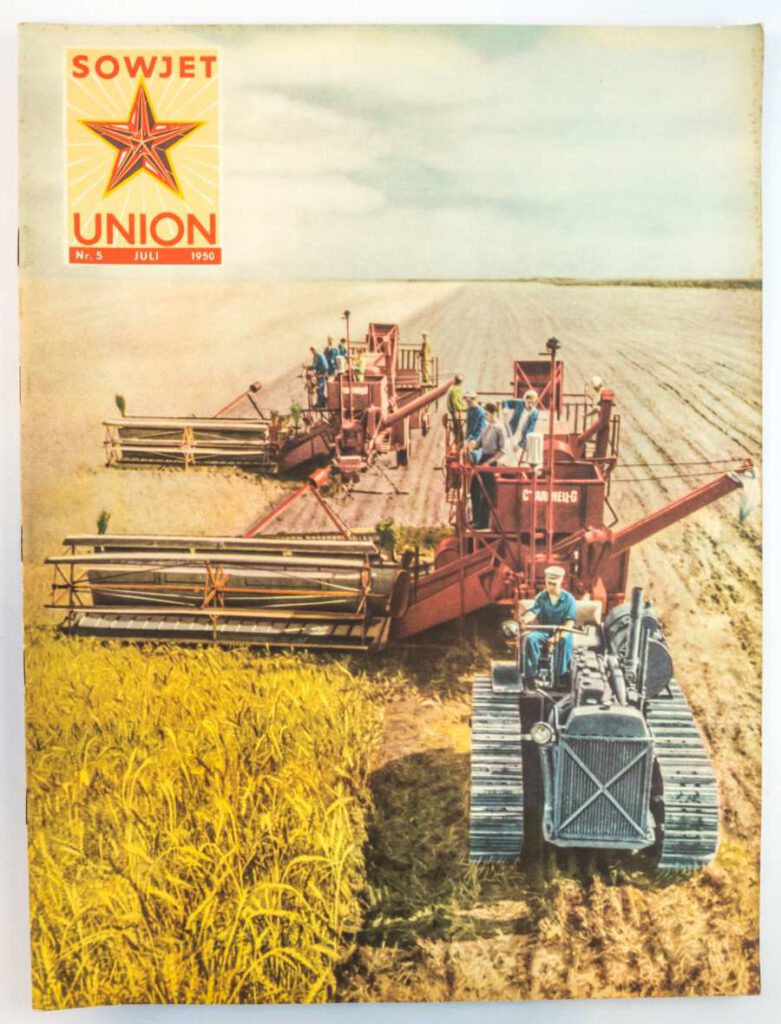
2022 in der Ukraine stehen Panzer und Traktor für noch immer nicht gelöste Konflikte. In ihrem technischen Bezug zur Landschaft ähneln sich die beiden Fahrzeuge mehr als es auf den ersten Blick scheinen mag. Beide haben historisch entscheidenden Anteil an den Mobilisierungen aller Lebensbereiche, die das petromoderne 20. Jahrhundert kennzeichnen. Es sind die Prärien des Mittleren Westens und die Steppen der Ukraine und Russlands, auf denen der Traktor sich als zentrales Instrument einer neuen, industriellen Landwirtschaft erweist – der amerikanische Fordson von 1917 wird rasch in der Sowjetunion als Fordson-Putilowez kopiert. Etwa zeitgleich, im September 1916 an der Somme und in der „Tankschlacht von Cambrai“ im Revolutions-November 1917, etabliert sich der Panzer bei seinen ersten militärischen Einsätzen als Ikone petromoderner Kriegsführung. Die für den Panzer entscheidende Idee, eine Raupenkette als eine Art stählernen Fahrweg vor die Räder der Maschine auszulegen, auf dem sich dann nahezu jeder Untergrund überwinden lässt, stammt aus der Landwirtschaft, vom legendären US-amerikanischen Erfinder Benjamin Holt, der 1904 erstmals Raupenketten erprobte.
(…)
Rädergestützt oder auf Raupen ist der Traktor eines der stärksten Symbole einer petromodern mobilen Agrartechnik, die Böden nicht als Teil einer von selbst wachsenden Natur, sondern als technische Ressource begreift, in denen Landwirte nicht mehr mit der Natur, sondern auf Maschinen gegen die Natur arbeiten. Das Unterwerfen feindlicher Armeen oder aufrührerischer Bevölkerungen einerseits und das Zähmen von Naturprozessen im Sinne totaler technischer Verfügung andererseits gehen Hand in Hand. „Die Beherrschung der Natur durch den Menschen verrät uns viel vom Wesen der menschlichen Herrschaft“ wie der Historiker David Blackbourne schreibt. …
Den vollständigen Text gibt es in der aktuellen Ausgabe des Merkur zu lesen.
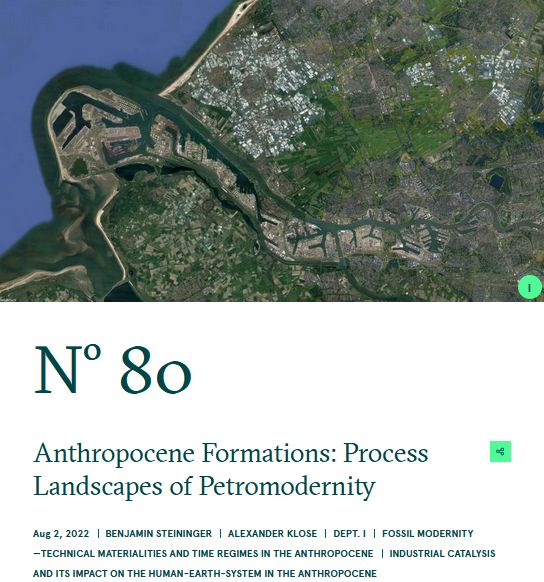
»The satellite image above shows the Port of Rotterdam, the biggest harbor in Europe. At Maasvlakte 2, an artificial island just off the coastline, the world’s largest tankers are able to dock. Around 100 million tons of crude oil reach Rotterdam each year, half of which are processed on-site in five petrochemical refineries, including Europe’s largest, the Shell refinery at Pernis«. (link to the English essay here) (link zum deutschen Text hier)